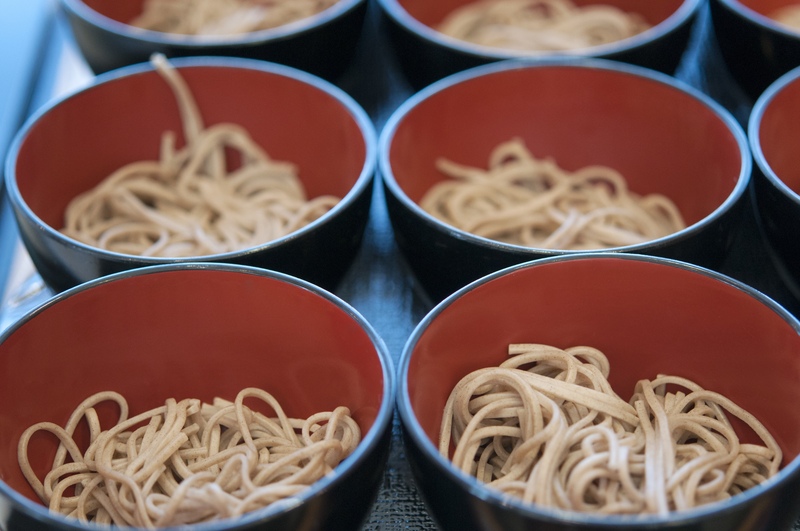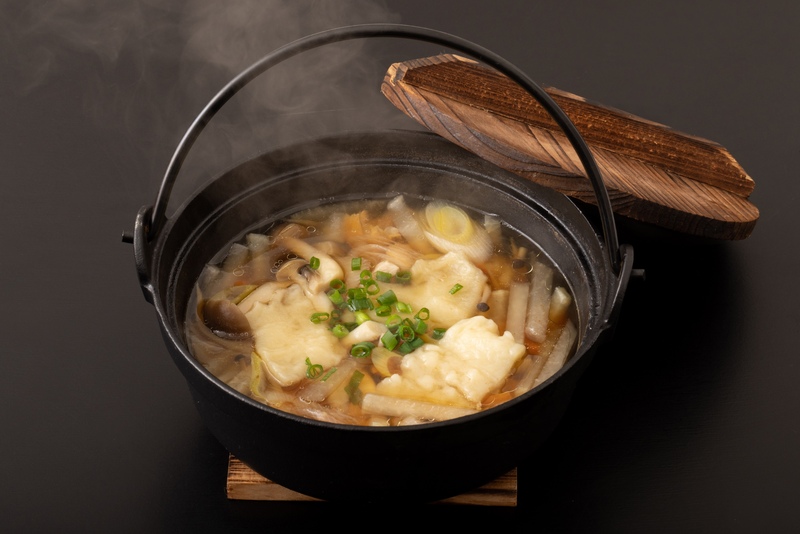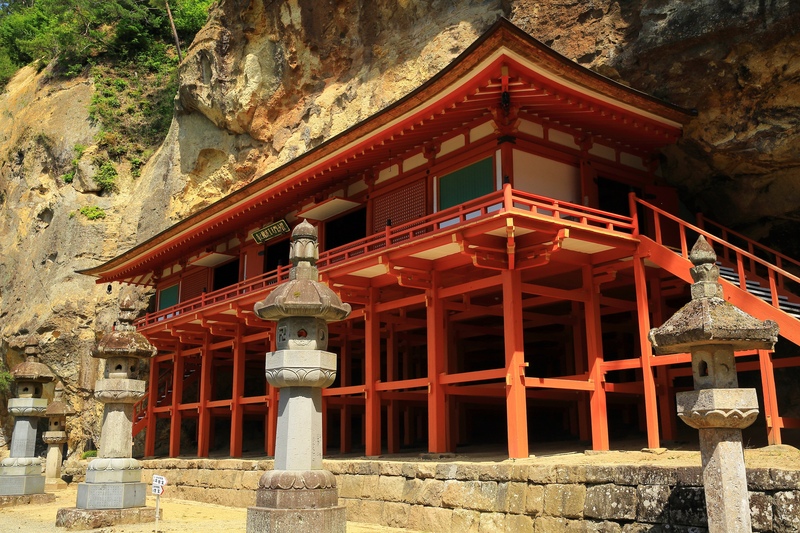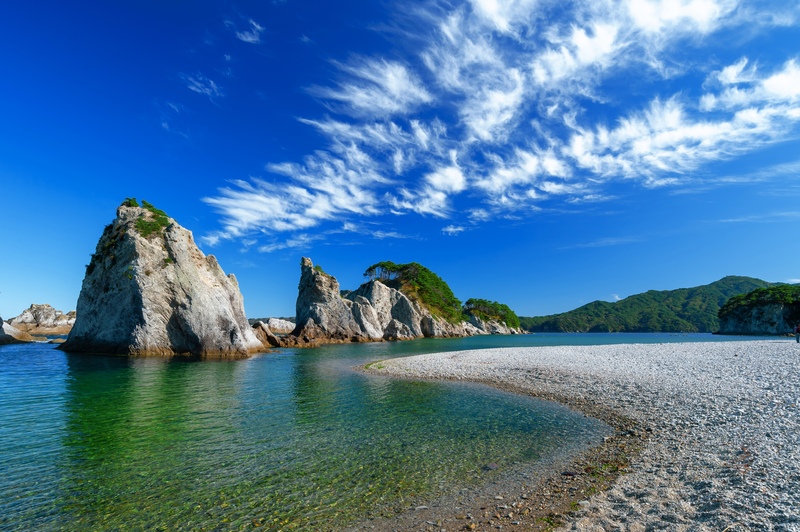What is Oni Kenbai?
Oni Kenbai (Oni Kenbai) is a traditional folk performing art from Iwate Prefecture, characterized by powerful dances and bold sword techniques.
Rooted in Buddhist teachings, it has been passed down since before the Edo period as a ritual to ward off evil spirits and pray for the peace and well-being of the people.
As the name suggests, the dancers wear masks resembling “oni” (demons), hold swords, and dance to the rhythmic sounds of drums and flutes.
The dances, which carry wishes such as “expelling evil spirits,” “abundant harvests,” and “family safety,” are so impressive they overwhelm spectators, and they are a symbol of Iwate’s traditional culture.
In this article, we will introduce in detail the history of Oni Kenbai, highlights to watch for, and places where you can see performances!
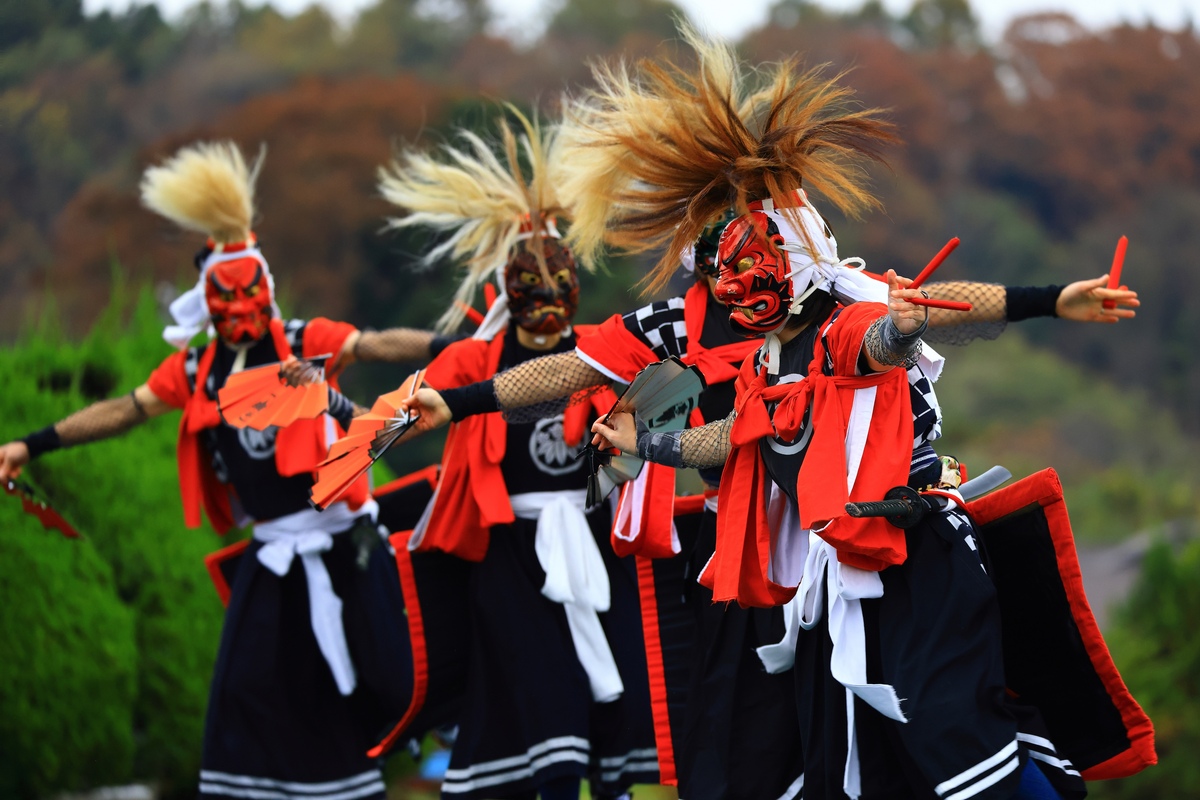
Highlights of Oni Kenbai
1. Powerful dances with oni masks
The most distinctive feature of Oni Kenbai is the “oni masks” worn by the dancers.
These are not merely “demons” in the usual sense, but are regarded as a type of Buddhist guardian deity (tenbu), performing as sacred beings who drive away evil spirits.
Types of masks include,
- Red oni (symbolizing strength)
- Blue oni (symbolizing calmness and wisdom)
- Black oni (symbolizing dignity and severity)
- and others, with each dancer playing a different role.
In addition, the colorful costumes worn during the dance and the bells tied at the waist ring out with the movements, creating a mysterious atmosphere.
2. Powerful sword techniques and dynamic movements
In Oni Kenbai, dancers typically hold a sword in one or both hands and perform a bold, vigorous dance.
Movements such as swinging the sword down or thrusting it into the ground unfold in rhythmic succession, drawing the audience into their intensity.
The dance steps are also distinctive, featuring jumps, spins, and other dynamic moves reminiscent of samurai combat.
Through this dance, it is believed that the oni drive away evil spirits and bring happiness to the people.
3. Unique rhythms created by live traditional music
The music for Oni Kenbai uses instruments such as
- drums (creating the dance’s rhythm)
- flutes (playing the melody)
- kane (metal gong) (emphasizing the rhythm as a percussion instrument)
- and others, producing a distinctive sound.
The sound of the drums and the flute blend with the dancers’ movements, allowing the audience to feel as if they are drawn into another world.
Especially impressive is the climax with high-speed footwork and the rhythmic interplay of the drums!
4. Origins and history of Oni Kenbai
There are several theories about the origin of Oni Kenbai, including
- a theory that it developed from Buddhist nembutsu dances
- a theory that it imitates the battles of Heian-period warriors
- a theory that it originated from folk beliefs that consider the oni as messengers of the gods
- and others. It has been passed down for centuries, mainly around Kitakami City in Iwate Prefecture.
Today, multiple schools exist within Iwate Prefecture—such as Kitakami Oni Kenbai, Nameta Oni Kenbai, and Oniyanagi Oni Kenbai—each presenting a different style of dance.
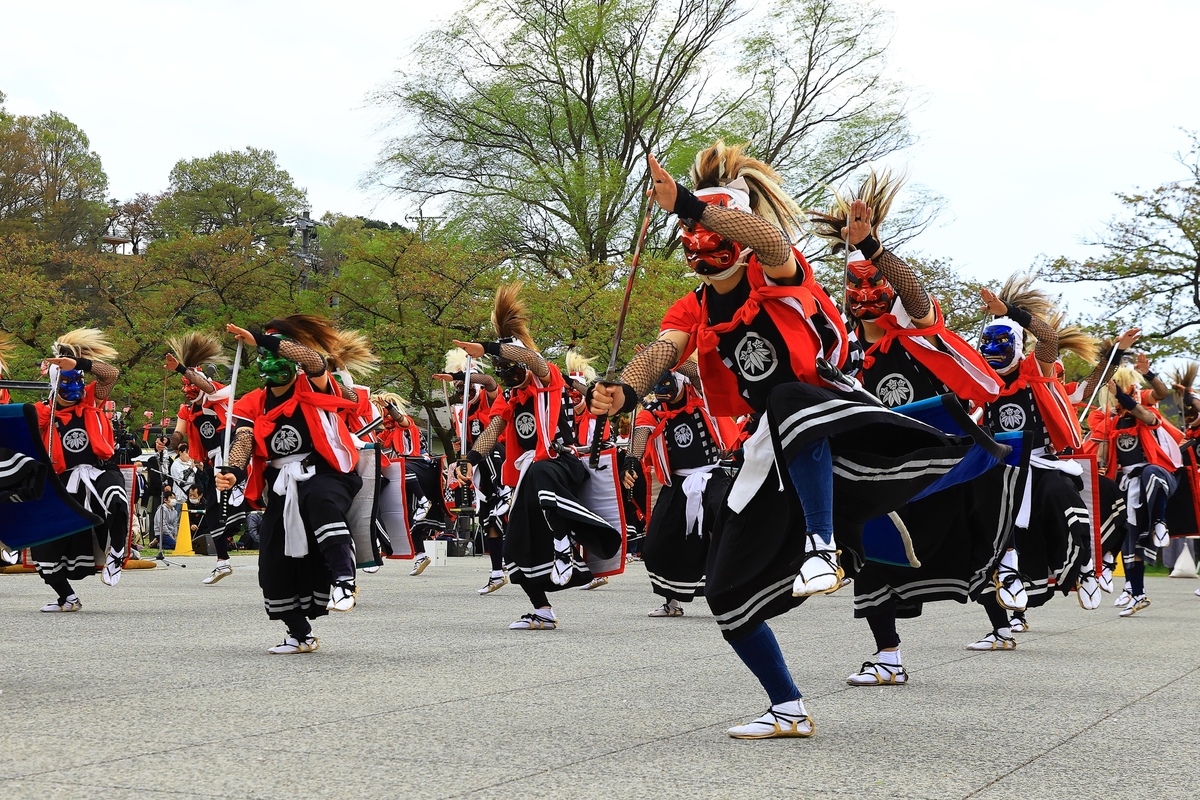
Where to See Oni Kenbai
1. Kitakami — Michinoku Performing Arts Festival (held every August)
The largest traditional performing arts event in Iwate where Oni Kenbai gathers in one place!
- When: Early August each year
- Where: Kitakami City (around Kitakami Station)
- Highlights: You can enjoy not only Oni Kenbai but also various traditional performing arts from across Iwate Prefecture
2. Regular Oni Kenbai performances in Kitakami
In Kitakami City, regular performances and events are held at venues such as the Kitakami City “Oni no Yakata” (House of the Oni) and the Kitakami Cultural Exchange Center Sakura Hall.
Performance schedules and ticket prices change by year, so it’s recommended to check the official websites for the latest information.
3. Esashi Jinku Festival (Oshu City — every May)
This traditional performing arts festival held in Oshu City occasionally features Oni Kenbai performances.
4. Kitakami City “Oni no Yakata”
- A museum displaying the history and costumes of Oni Kenbai.
- You can see actual masks and costumes up close.
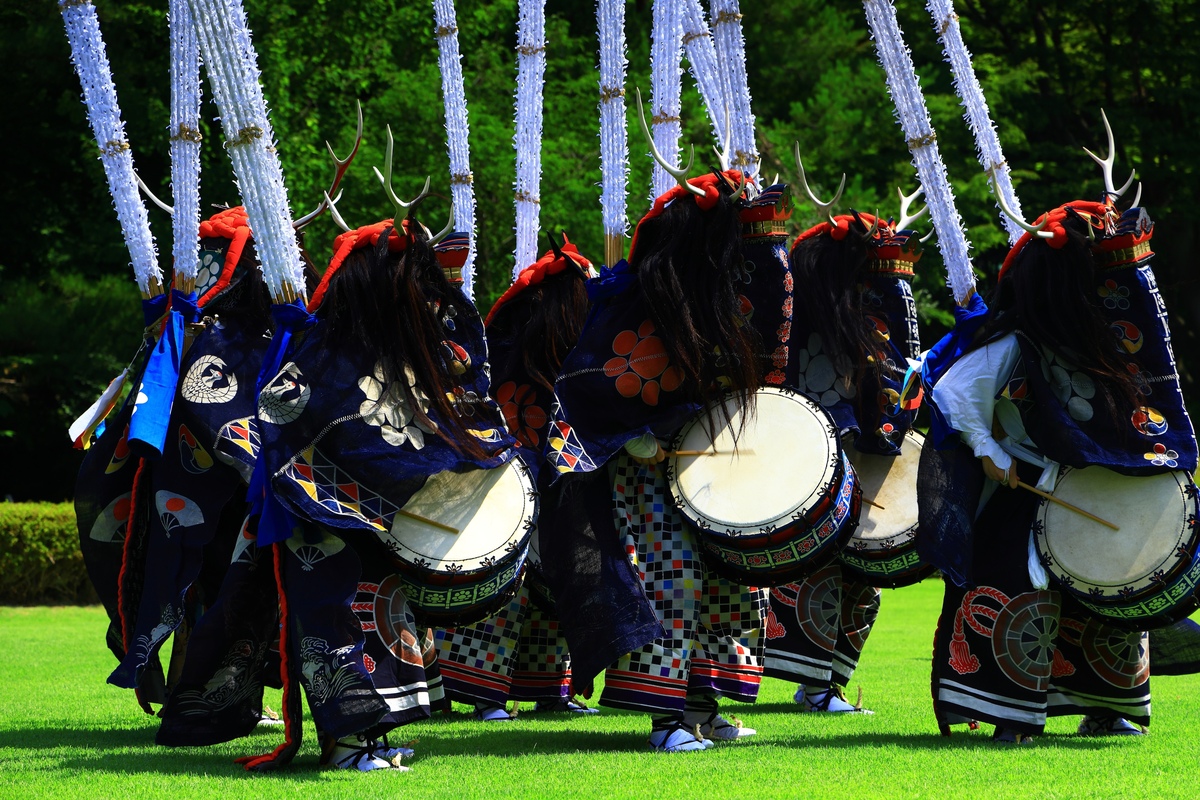
Practical Information for Travelers
Access Information
By train and bus
- From Tokyo Station, the shinkansen to Kitakami Station takes about 2 hours 30 minutes
- From Kitakami Station, buses or taxis can take you to various venues
By car
- About 1 hour by car from Morioka
- About 2 hours by car from Sendai
- Free parking available (during events it can be crowded, so public transportation is recommended)
Wi‑Fi
- Free Wi‑Fi is available at places like Kitakami Cultural Exchange Center Sakura Hall and the tourist information center
Language support
- Tourist information centers provide pamphlets in English and Chinese
- Some events may offer explanations in English

Summary and Frequently Asked Questions
Oni Kenbai is one of Iwate Prefecture’s most powerful traditional dances, offering a valuable experience that combines history, culture, and entertainment!
When you visit Iwate, be sure to experience its appeal in person.
Frequently Asked Questions
Q: Do I need to make reservations to watch Oni Kenbai?
A: For large festivals, reservations are usually not required, but for regular performances it is recommended to book in advance.
Q: Can children enjoy it?
A: Yes! The dynamic movements and music of Oni Kenbai are full of elements that children can enjoy.
Q: When is the best time to see Oni Kenbai?
A: The Michinoku Performing Arts Festival in August, and regular performances from April to October, are recommended.
Experience the proud traditional art of Iwate, “Oni Kenbai,” and discover its charm for yourself!






